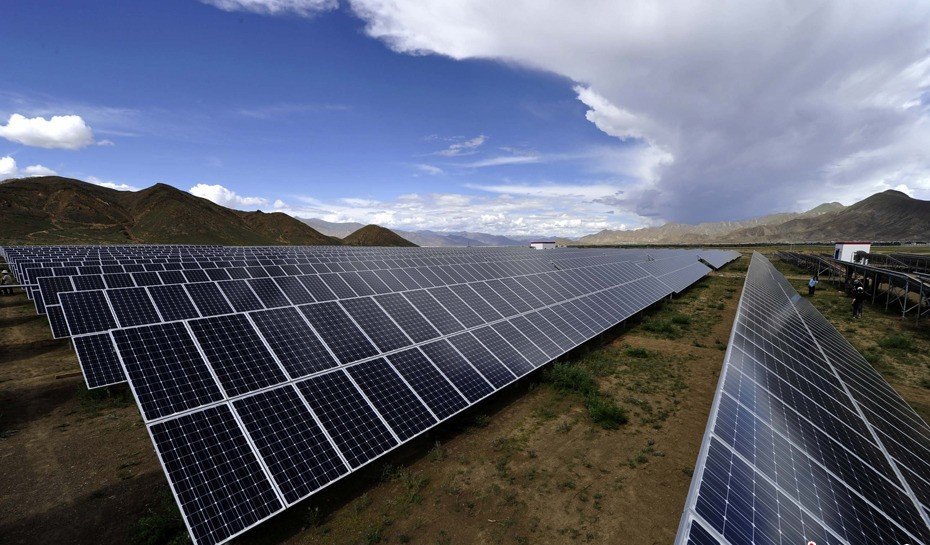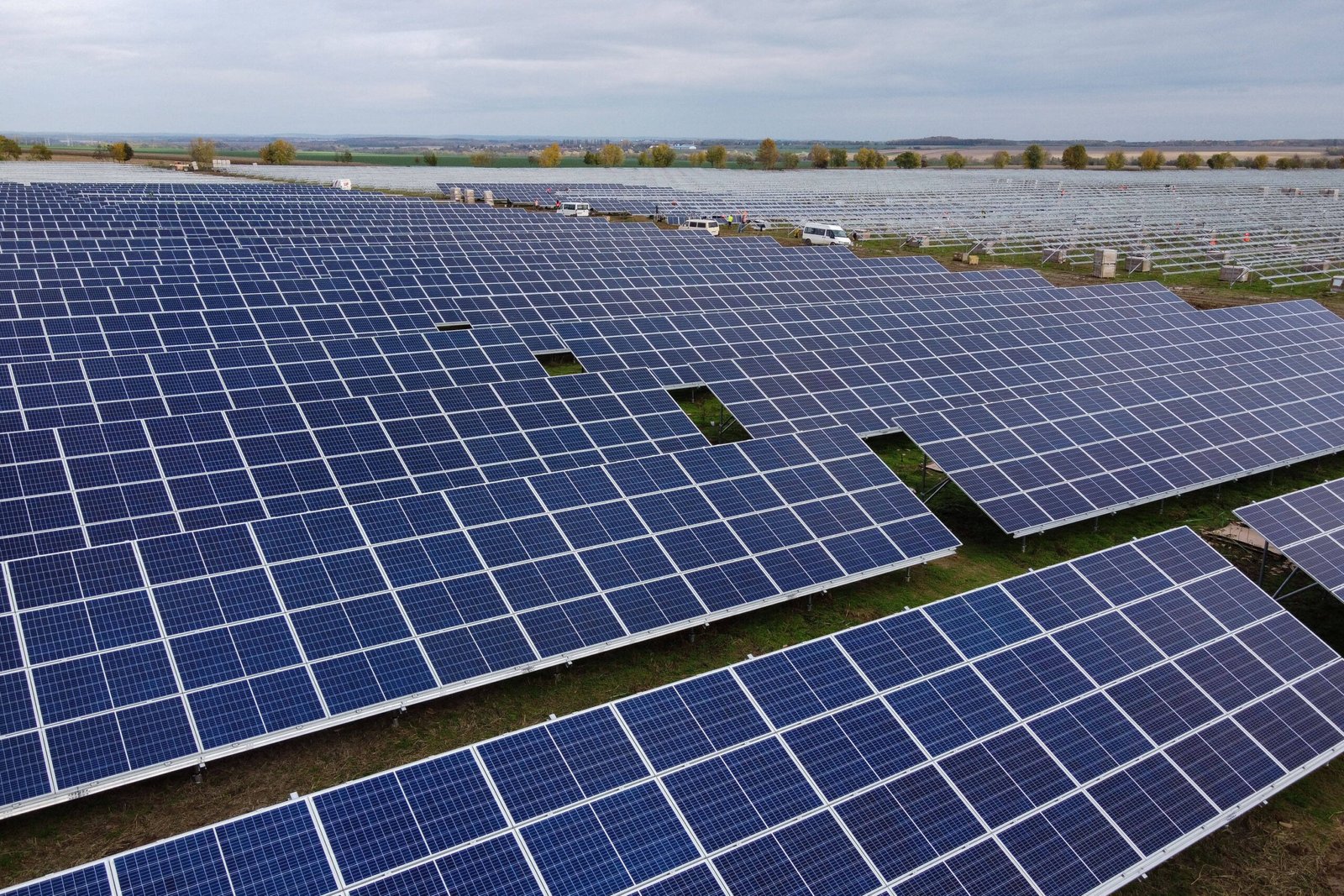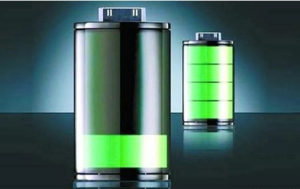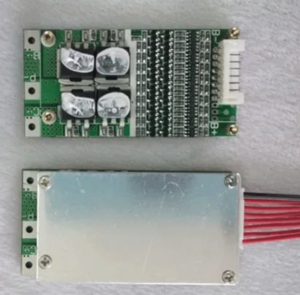First, the inverter screen is not displayed
Fault analysis:
There is no DC input, the inverter LCD is DC powered.
Possible causes:
(1) The component voltage is insufficient. The inverter operating voltage is 100v to 500v, below
100v, the inverter does not work. Module voltage is related to solar irradiance.
(2) The PV input terminal is reversed, and the PV terminal has positive and negative poles, which
should correspond to each other, and can not be serialized with other groups.
(3) The DC switch is not closed.
(4) When the components are connected in series, a connector is not connected properly.
(5) There is a short circuit of one component, resulting in other components can not work.
Solution:
Measure the inverter DC input voltage with the multimeter voltage profile. When the voltage is
normal, the total voltage is the sum of the voltages of each group. If there is no voltage, test the
DC switch, terminal, cable connector, components, etc. in turn to see if they are normal. If it is a
multi-way component, it should be separately connected and tested.
If the inverter is used for a period of time, no cause is found, the inverter hardware circuit is
faulty, please contact the company after sales.
Second, the inverter is not connected to the grid
Fault analysis:
The inverter is not connected to the power grid.
Possible causes:
(1) The AC switch is not closed.
(2) The inverter AC output terminal is not connected.
(3) The upper block of the inverter output terminal is loose when connected.
Solution:
Use a multimeter voltage file to measure the inverter AC output voltage, under normal
circumstances, the output terminal should have 220V or 380V voltage, if not in turn test whether
the terminal is loose, whether the AC switch is closed, whether the leakage protection switch is disconnected.
Third, PV overvoltage

Fault analysis:
Dc voltage too high alarm.Possible causes:
There are too many components in series, causing the voltage to exceed the voltage of the
inverter.
Solution:
Because of the temperature characteristics of the component, the lower the temperature, the
higher the voltage. The input voltage range of single-phase series inverter is 100-500V It is
recommended that the voltage after the series is between 350-400V, and the input voltage range
of three-phase series inverter is 250-800V It is recommended that the voltage after the series is
between 600-650V. In this voltage range, the efficiency of the inverter is high, and it can generate
electricity when the irradiance is low in the morning and evening, but it will not exceed the
voltage upper limit of the inverter, causing alarm and shutdown.
Fourth, isolate the fault
Fault analysis:
The insulation resistance of photovoltaic system to the ground is less than 2 megohm.
Possible causes:
A solar module, junction box, DC cable, inverter, AC cable, or wiring terminal has a short circuit to
the ground or the insulation layer is damaged. The PV wiring terminal and the AC wiring cover are
loose, resulting in water intake.
Solution:
Disconnect the power grid, inverter, check the resistance of each component wire to the ground
in turn, find out the problem point and replace.
Fifth, leakage current fault
Fault analysis:
The leakage current is too large.
The solution:
Remove the PV array input, then check the AC grid on the periphery. Disconnect both the DC and
AC ends, and let the inverter power off for more than 30 minutes. If it recovers by itself, continue
to use it. If it cannot recover, contact after-sales technical engineers.
Six, the power grid error
Fault analysis:
The power grid voltage and frequency are too low or too high.
Solutions:Use a multimeter to measure the grid voltage and frequency, and if you exceed it, wait for the
grid to return to normal. If the power grid is normal, it is the inverter detection circuit board
power generation fault, please disconnect the DC end and AC end, let the inverter power outage
for more than 30 minutes, if you can recover to continue to use, if you can not recover contact
after-sales technical engineers.
Seven, inverter hardware failure
Fault analysis:
Inverter circuit board, detection circuit, power circuit, communication circuit and other circuits
are faulty.
Solution:
The inverter has the above hardware failure, please disconnect all the DC end and AC end, let the
inverter power off for more than 30 minutes, if you can recover it continues to use, if you can not
recover contact after-sales technical engineers.
Eight, the system output power can not reach the ideal power
Possible causes:
There are many factors that affect the output power of photovoltaic power stations, including the
amount of solar radiation, the tilt Angle of the solar cell module, dust and shadow blocking, and the temperature characteristics of the module.
Due to improper system configuration and installation caused by the system power is small,
common solutions are:
(1) Before installation, check whether the power of each component is enough.
(2) Adjust the installation Angle and orientation of the component.
(3) Check the components for shadows and dust.
(4) Check whether the voltage is within the voltage range after the components are connected in
series, and the efficiency of the system will be reduced if the voltage is too low.
(5) Before installation, check the open circuit voltage of each group string, the difference is not
more than 5V, if the voltage is found to be wrong, check the line and connector.
(6) Installation can be batch access, each group of access to record the power of each group, the
power difference between the groups does not exceed 2%.
(7) The installation place is not ventilated, the inverter heat is not spread out in time, or directly exposed in the sun, causing the inverter temperature to be too high.
(8) The inverter has two MPPT access, each input power is only 50% of the total power, in
principle, each design installation power should be equal, if only connected to one MPPT
terminal output power will be halved.
(9) The cable connector is in poor contact, and the cable is too long and the diameter is too fine.
There is voltage loss and finally power loss.
(10) The grid-connected AC switch capacity of the photovoltaic power station is too small to meet the output requirements of the inverter.
Nine, AC side overvoltage
Possible causes:
The grid impedance is too large, the PV user side can not digest, and the impedance is too large
when transmitting out, resulting in the inverter output voltage is too high, causing the inverter
protection shutdown or derating operation.
Common solutions are:
(1) Increase the output cable, because the thicker the cable, the lower the impedance.
(2) The inverter is close to the parallel point, the shorter the cable, the lower the impedance.
Photovoltaic power plant common faults, the above for reference.
https://powerxxsolar.com/contact-us/




